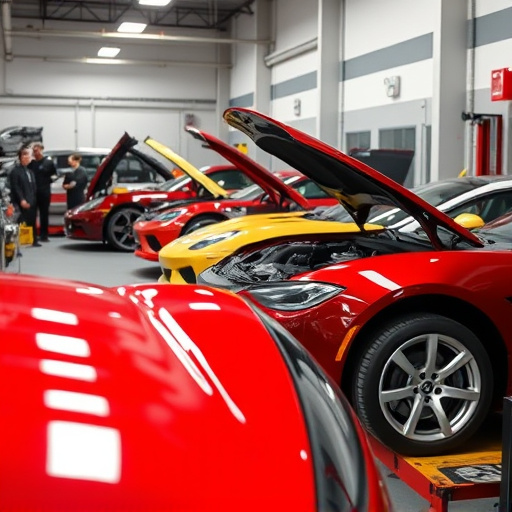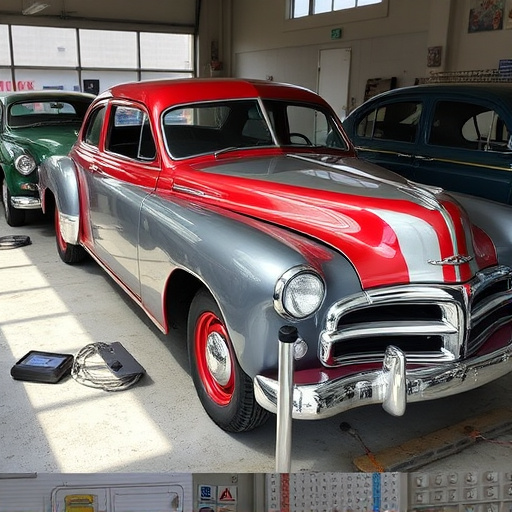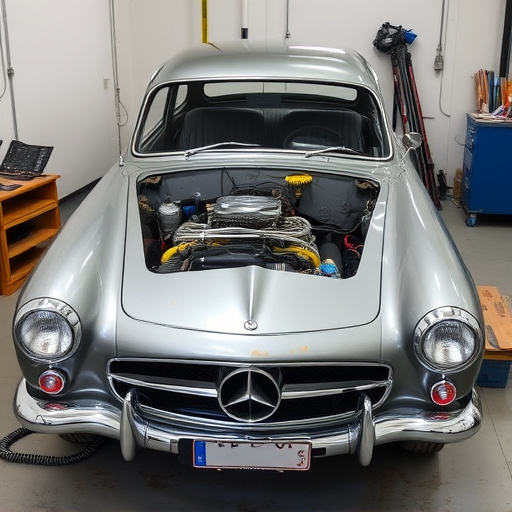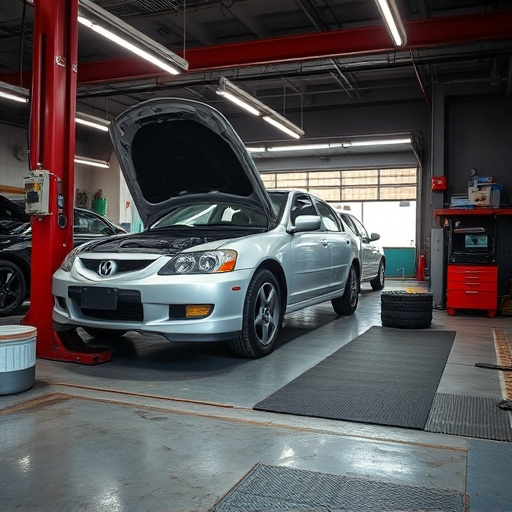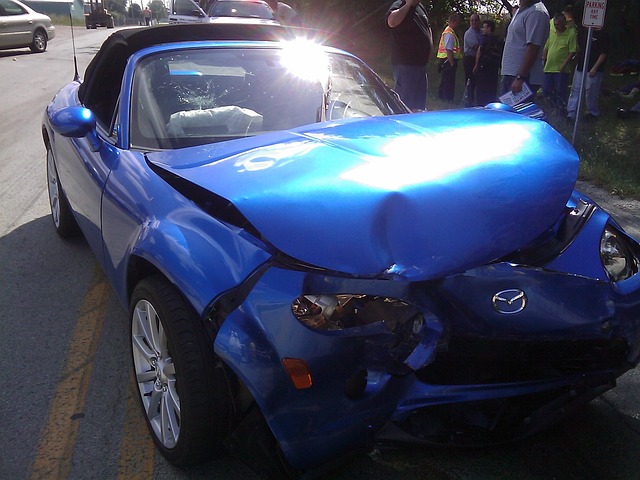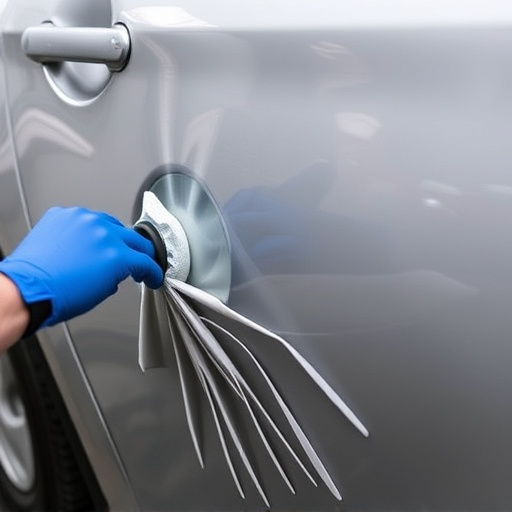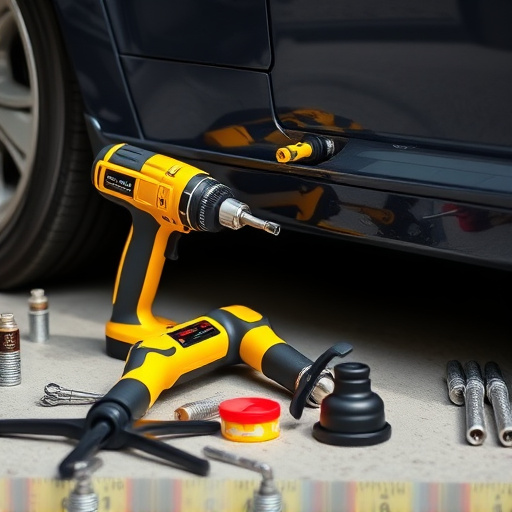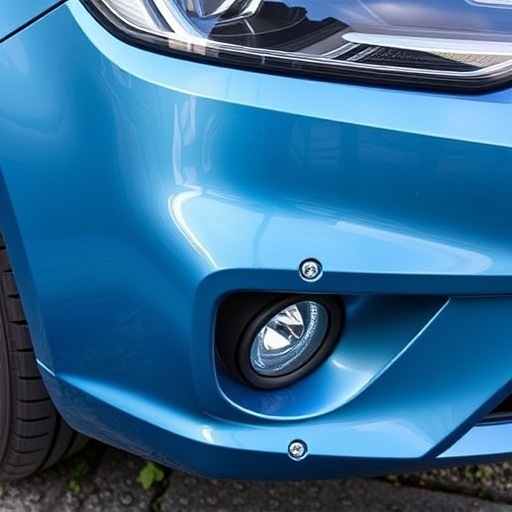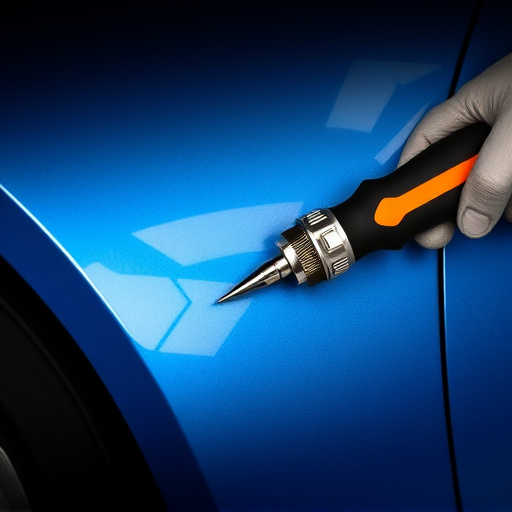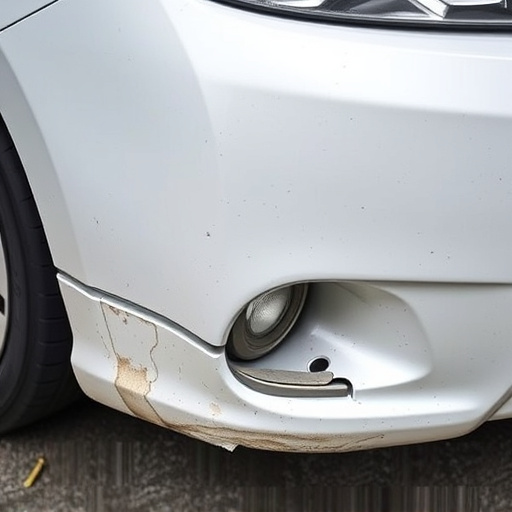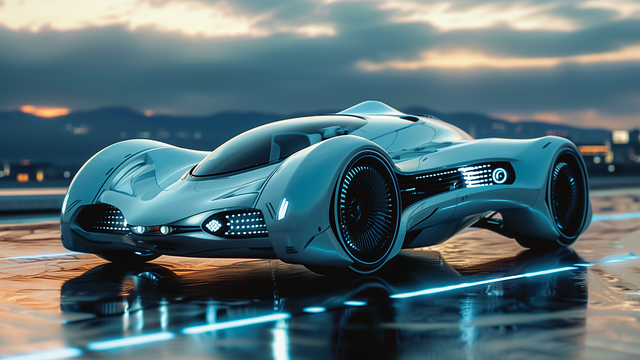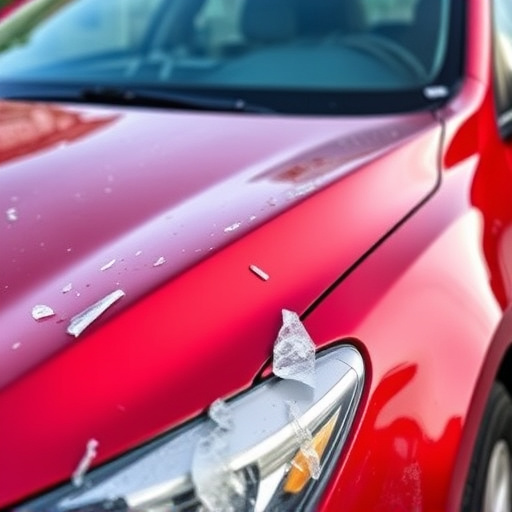The Tesla structural integrity repair industry is undergoing a rapid transformation due to cutting-edge technologies like robotic welding, 3D printing, and advanced scanning techniques. These innovations enhance repair quality and efficiency, promising precise and immersive auto maintenance experiences. Non-invasive inspection methods such as thermal imaging and laser scanning ensure safe and accurate assessments of electric vehicles' intricate structures. Advanced materials like high-quality polymers and composites preserve safety features and vehicle longevity, making them a top choice for Tesla structural integrity repair.
Tesla vehicles, known for their cutting-edge technology, demand specialized care when it comes to structural integrity repairs. This article explores the advanced tools and innovative techniques revolutionizing the Tesla repair industry. From non-invasive inspection methods that ensure precision without damage, to advanced materials designed for longevity, these advancements are redefining the standards of Tesla structural integrity repair. Discover how these modern solutions prioritize both vehicle performance and aesthetics.
- Innovative Technologies Shaping Tesla Repair Industry
- Non-Invasive Inspection Methods for Structural Integrity
- Advanced Materials Ensuring Longevity in Repairs
Innovative Technologies Shaping Tesla Repair Industry
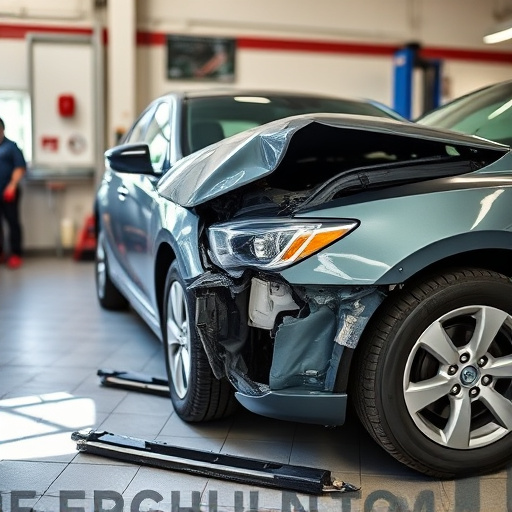
The Tesla structural integrity repair industry is undergoing a significant transformation, driven by innovative technologies that are reshaping the way vehicles are fixed and restored. Advanced tools such as robotic welding systems and 3D printing are now integral parts of the process, enabling more precise and efficient repairs. These technologies not only enhance the quality of repairs but also reduce the time required for auto maintenance, making it an exciting era for both professionals and vehicle owners.
Additionally, digital design software and advanced scanning techniques have played a pivotal role in Tesla structural integrity repair. These tools allow for detailed analysis and accurate replication of original designs, ensuring that every component is restored to its optimal state. Moreover, the integration of virtual reality (VR) and augmented reality (AR) technologies promises an even more immersive experience, where technicians can virtually inspect and manipulate parts before actual work begins, further streamlining the automotive restoration process.
Non-Invasive Inspection Methods for Structural Integrity
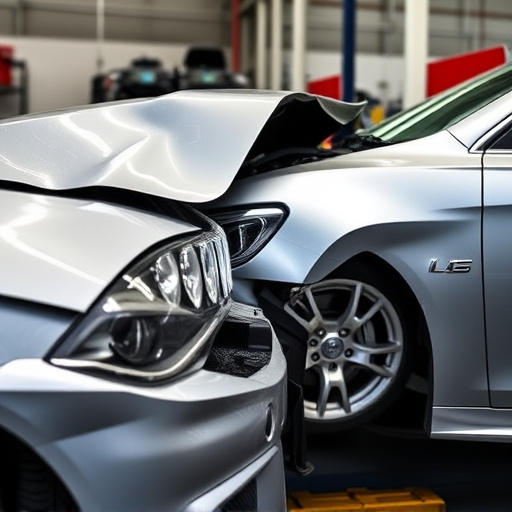
In the realm of Tesla structural integrity repair, non-invasive inspection methods have emerged as game-changers, revolutionizing how auto repair shops and collision repair centers approach vehicle maintenance. These cutting-edge techniques play a pivotal role in ensuring the safety and reliability of electric vehicles (EVs) without causing any damage to their sensitive components. One such method is thermal imaging, which detects temperature variations, helping identify potential structural weaknesses or irregularities. This non-destructive approach allows technicians at leading vehicle repair services to assess the overall health of Tesla’s intricate structures without disturbing their integrity.
Furthermore, advanced laser scanning technologies are employed to create precise 3D models of the vehicle’s exterior and interior. By mapping every detail, from body panels to intricate electrical systems, these tools enable efficient diagnosis and repair planning. This level of precision is particularly crucial when handling Tesla’s complex architecture, ensuring that any structural integrity repairs are carried out with utmost care, matching the standards set by the original equipment manufacturer (OEM) in top-tier collision repair centers.
Advanced Materials Ensuring Longevity in Repairs
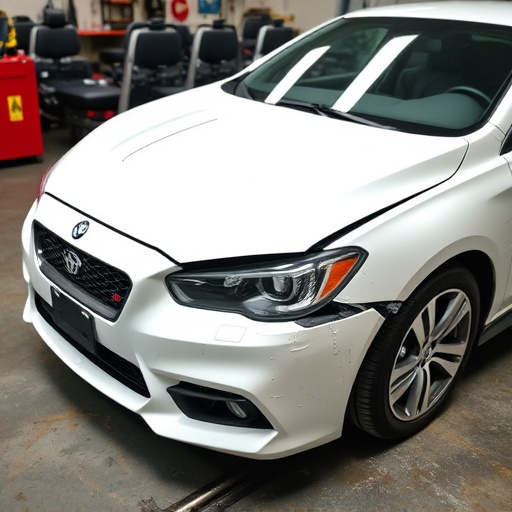
In the realm of Tesla structural integrity repair, advanced materials play a pivotal role in ensuring longevity and durability. These innovative compounds are meticulously engineered to meet the exacting standards required for restoring vehicles to their optimal condition, be it a modern Tesla or a classic car undergoing restoration. The use of high-quality, impact-resistant polymers and composites replaces conventional metal repairs, offering significant advantages in terms of lightweight construction and enhanced structural integrity.
By leveraging these advanced materials, technicians can effectively mitigate the effects of minor accidents, such as fender benders, without compromising the overall strength and performance of the car body restoration. This meticulous approach not only preserves the vehicle’s safety features but also contributes to its overall longevity, making it a preferred choice for those involved in Tesla structural integrity repair.
Tesla structural integrity repair has entered a new era with the advent of advanced tools and technologies. From non-invasive inspection methods to innovative materials, these advancements are revolutionizing how we address and prevent structural damage in Tesla vehicles. By leveraging cutting-edge techniques, repair professionals can ensure longevity, precision, and safety, ultimately enhancing the overall ownership experience for Tesla folks.


